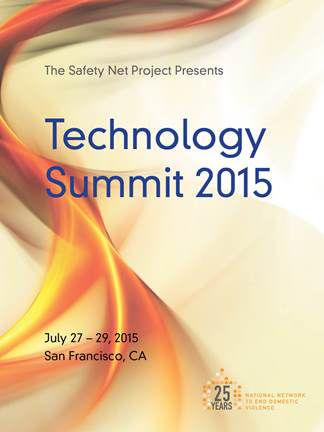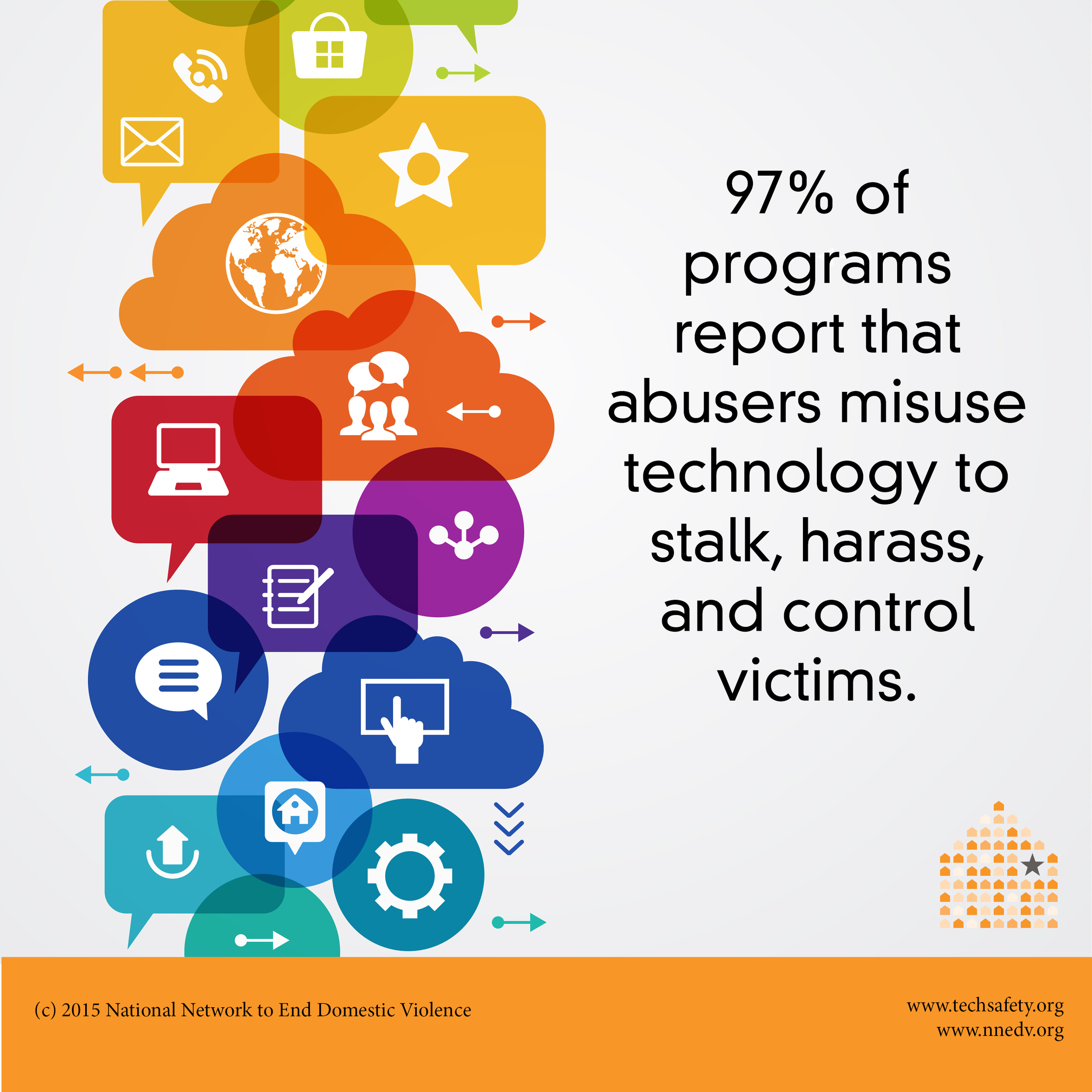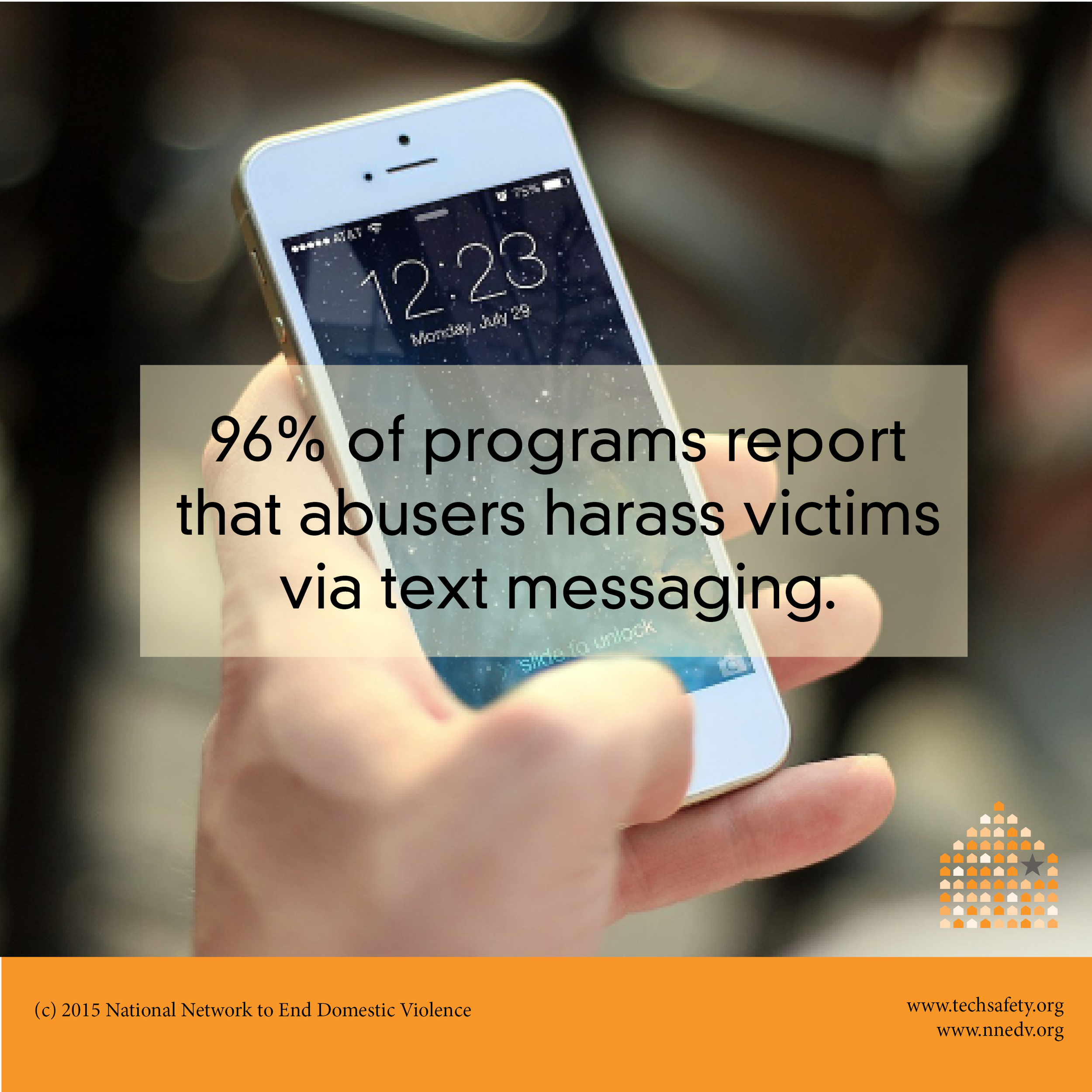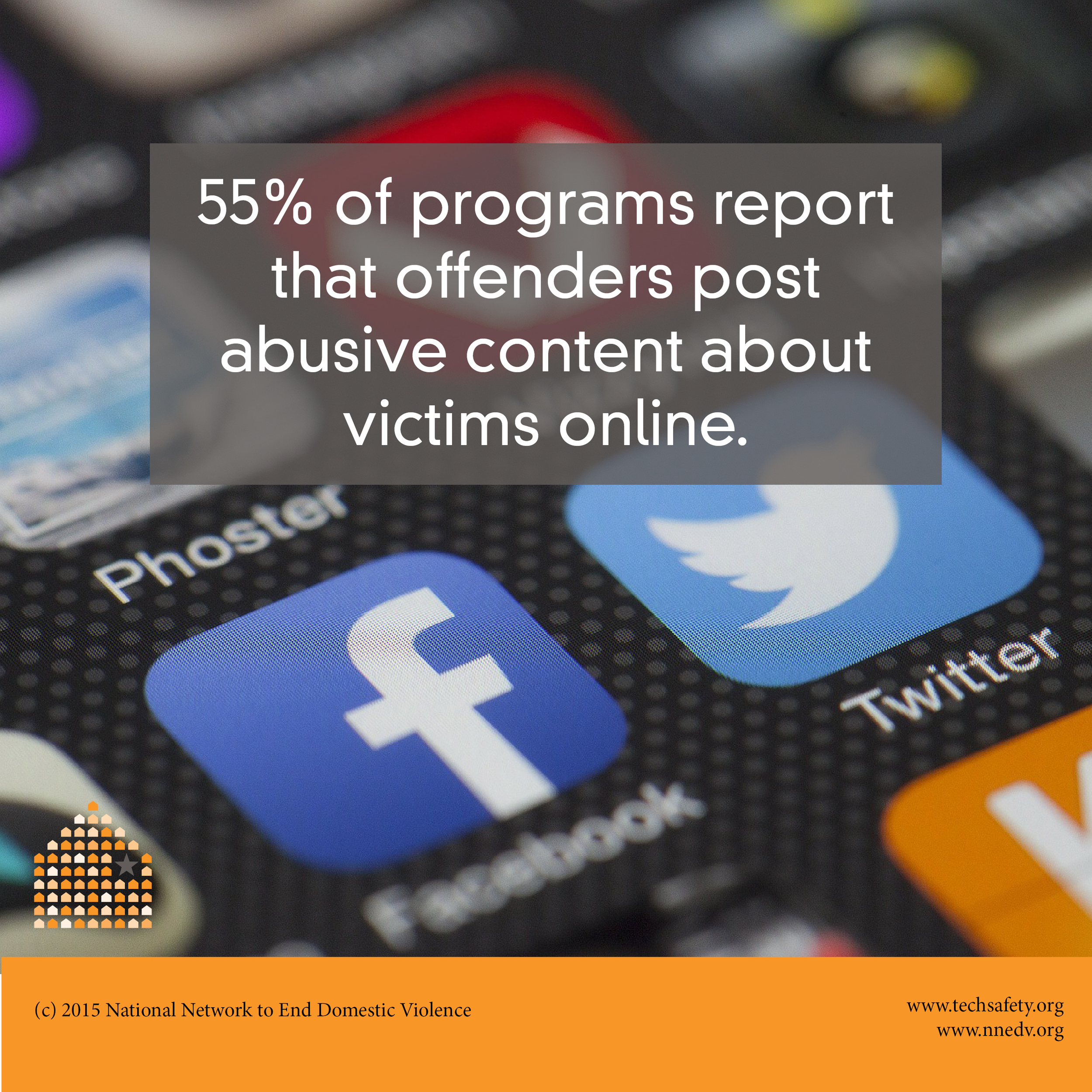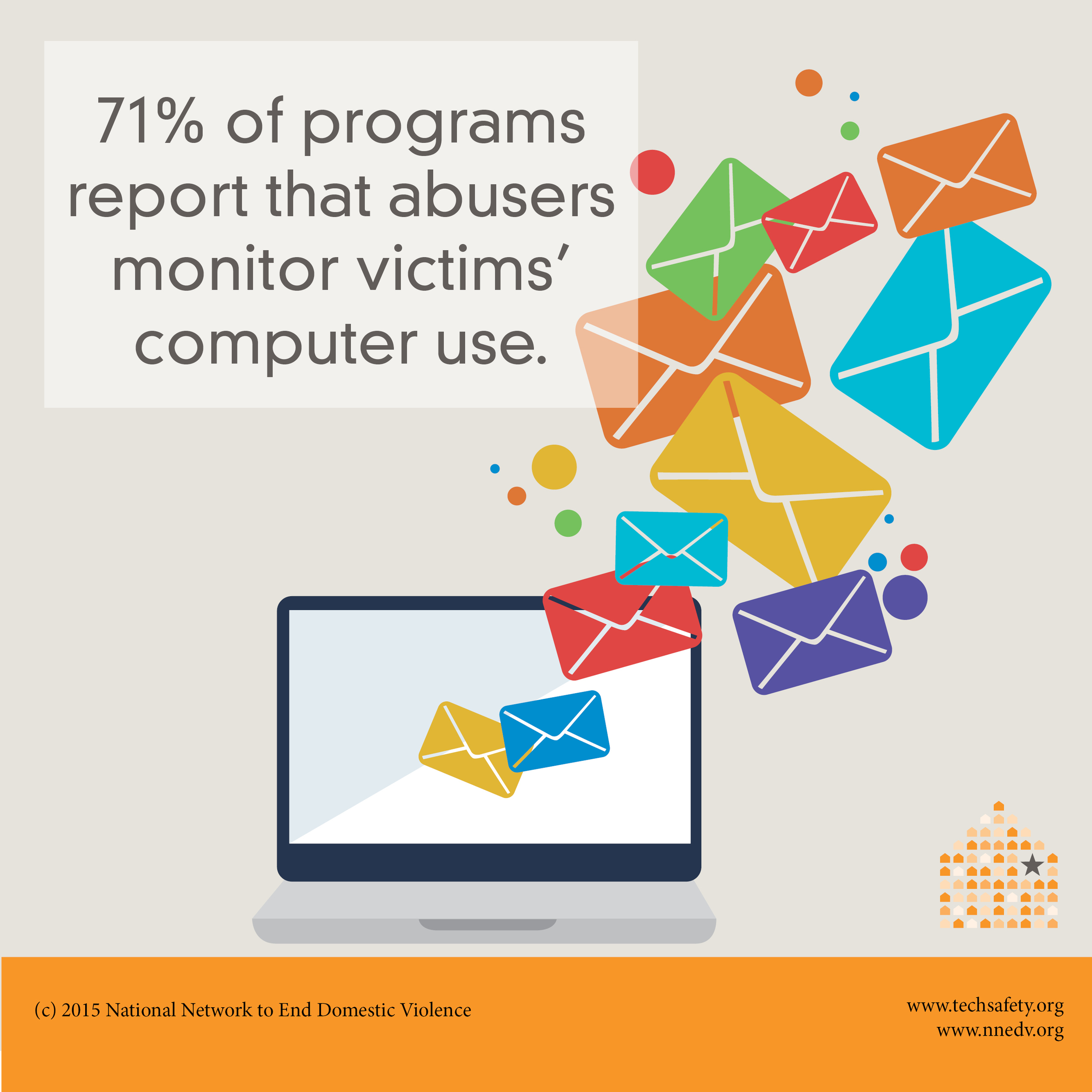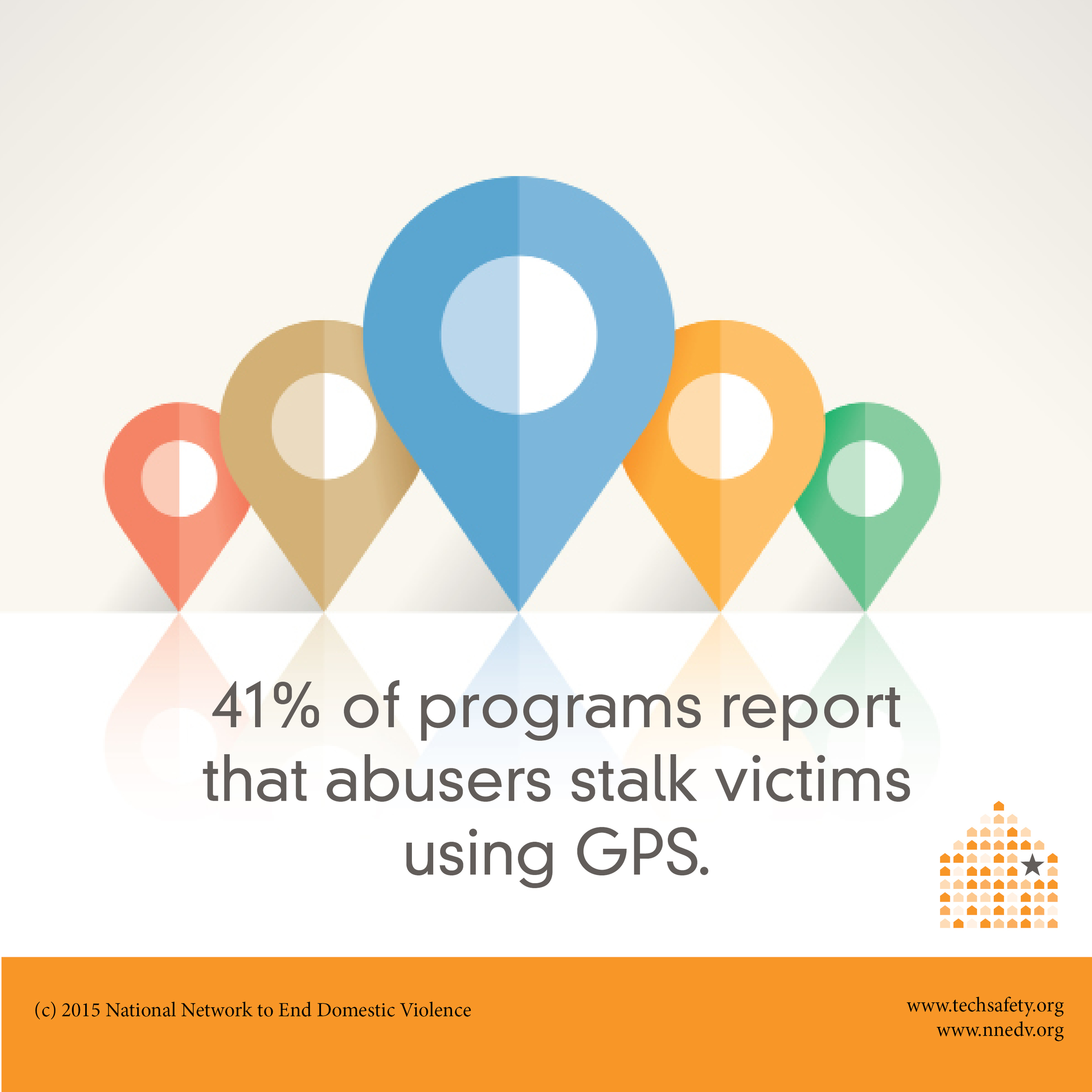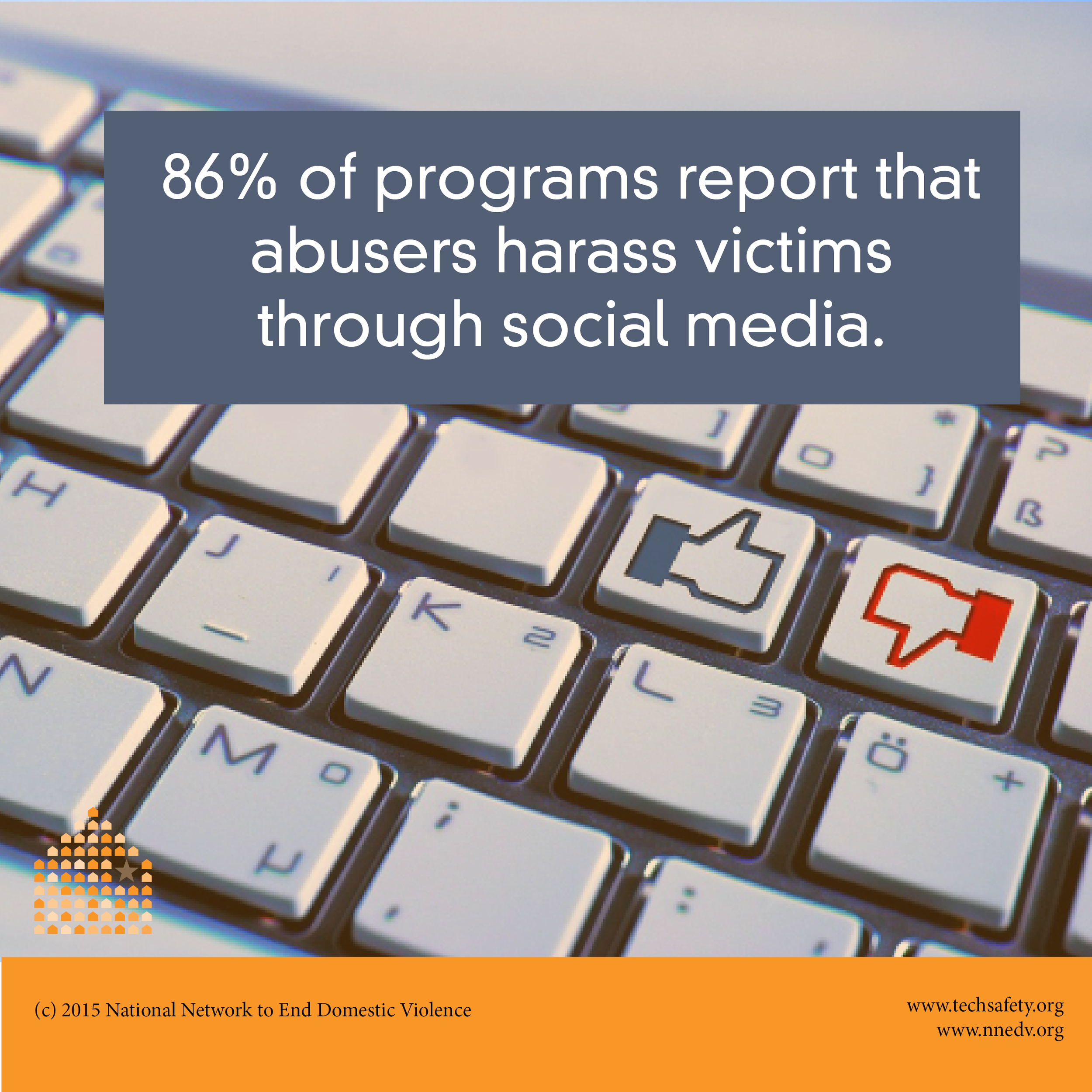Technology Summit 2015 Agenda & Events
/We're so excited to welcome attendees to our 3rd Annual Technology Summit next week in San Francisco! If you're joining us, we can't wait to meet you! If you're not joining us, follow us on Twitter, Facebook, and Instagram to see what we're up to. Take a look at the program book to see what's going on.
This year, we have much to discuss in the world of technology, privacy, and survivor safety.
Earlier this year, in Elonis v. the United States, the U.S. Supreme Court reversed the conviction of Anthony Elonis, who posted threats (which he called rap lyrics) against his ex-wife on Facebook. Elonis had been convicted under the standard that a “reasonable person” would have viewed the posts as real threats. However, the Court said that something more is required, without specifying exactly what, so it is unclear how that decision will impact future cases involving online threats.
Despite our disappointment with that decision, the issue of sharing or distributing intimate images without consent (aka “revenge porn”) has seen a lot of movement. In fact, Facebook, Twitter, Reddit, and Google have updated their policies to include banning non-consensual pornography on their sites. Currently, a federal bill addressing this issue is being discussed and debated.
For victim service programs, selecting effective technologies to support their services, using technology to reach survivors, and finding ways to hold offenders accountable for their crimes continue to be core topics. Privacy, security, safety, and survivor empowerment are part and parcel of those issues, making these very complex discussions.
We hope that by the end of the Summit, we will all leave with more tools and ideas as well as more questions and thoughts about what we can do to help survivors find safety and healing while working toward a world where violence against all people no longer exists.
If you're not able to join us, follow along on social media (#techsummit15 and #TS15QA)!

